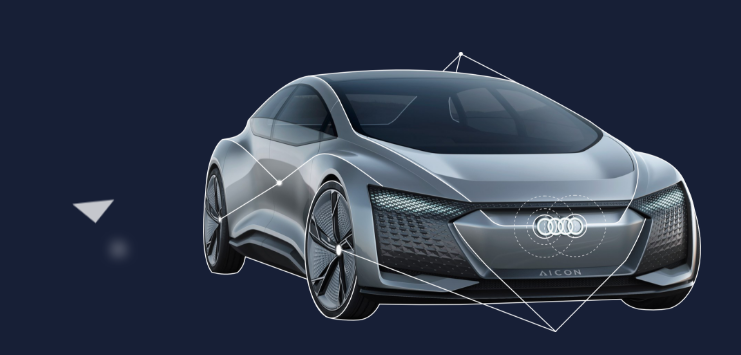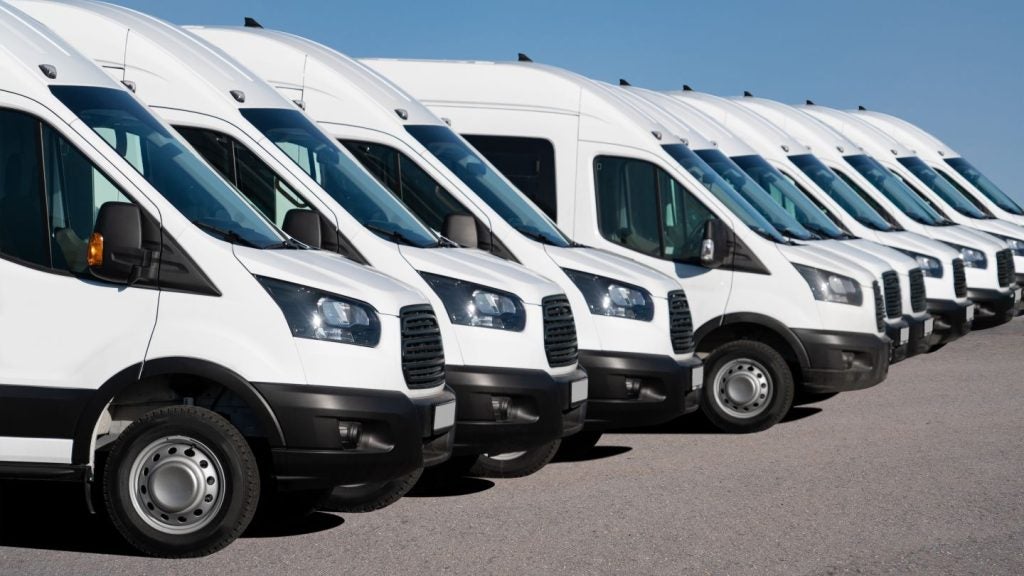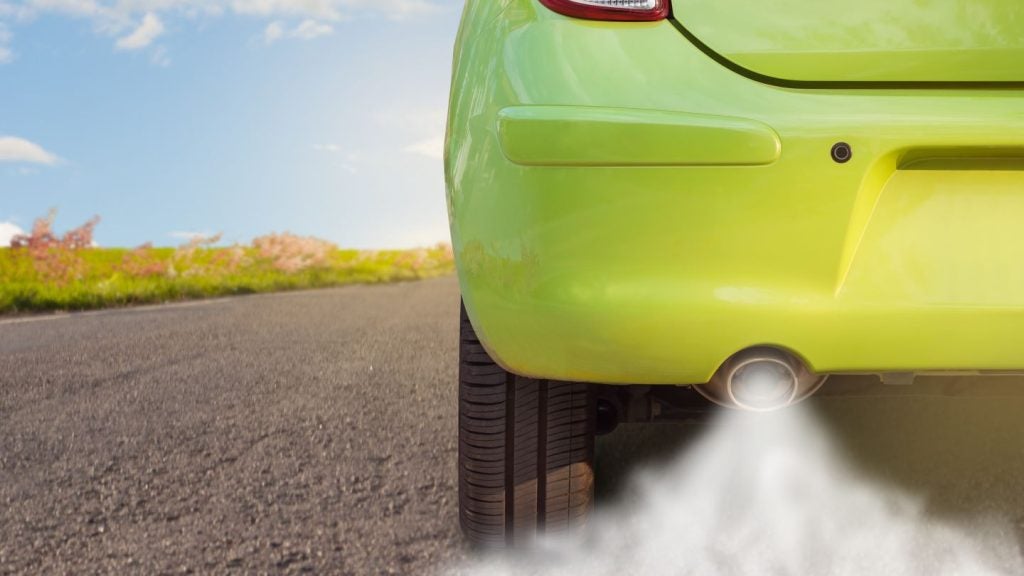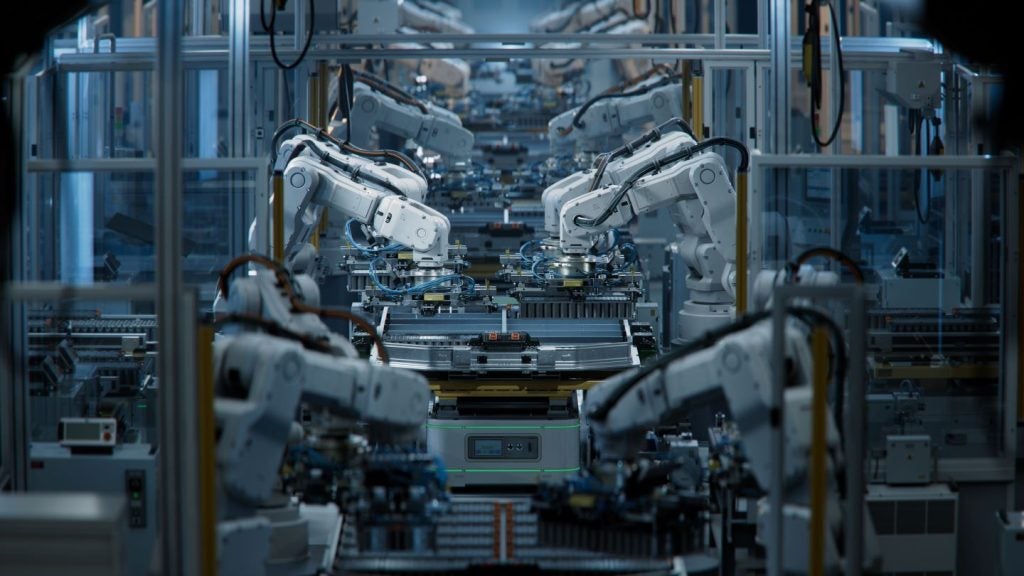
The Frost & Sullivan Intelligent Mobility conference also featured an extensive discussion and presentations on how developments in automotive technology and car-driving habits could directly impact the consumer. Christopher Marchant reports.
Phillippe Cayrol is head of business development at BlaBla Car. Founded in France in 2006, the car-pooling company presents itself as “smarter and more convenient than good old hitchhiking”, and its personalised response to ride-hailing has seen the company undergo rapid expansion in the past five years.
Through the BlaBla Car website, which takes a commission fee for every journey, passengers pay drivers to take them to their desired location on an informal basis. Cayrol explained the business of BlaBla: “What we do is connect passengers with drivers going in the same direction, so they can share the journeys and the cost. Our community of car-poolers now totals more than 65 million people.”
BlaBla currently operates across countries in Western Europe, as well as in Brazil and Mexico. To demonstrate the appeal of the BlaBla model, Cayrol took the small French town of Courtenay, 115km outside of Paris, as a case study. According to Cayrol: “It’s a small city and it does not have many trains. Now take a look at all the trips that pass by the city available within five minutes’ travel. There are only 100 BlaBla Cars based there. This year 10,352 drove past in May.” Easily accessible and a moderate driving distance from Paris and Orleans, Courtenay becomes an optimum location to utilise the car-pooling model.
Cayrol also expanded on how a reliable car-pooling service can transform working commutes as well as one-off trips: “We are bringing the same skill set and mission to the short-distance coupling, though we recognise it’s a different usage, such as the everyday commute.
“One of the differences is people who actually subscribe to the [BlaBla] service. Something you can share with the passengers is how many drivers are available in the morning and the afternoon.”
How well do you really know your competitors?
Access the most comprehensive Company Profiles on the market, powered by GlobalData. Save hours of research. Gain competitive edge.

Thank you!
Your download email will arrive shortly
Not ready to buy yet? Download a free sample
We are confident about the unique quality of our Company Profiles. However, we want you to make the most beneficial decision for your business, so we offer a free sample that you can download by submitting the below form
By GlobalDataIn this context, people can access a reliability of travel. Once this has happened and someone “wants to make a meeting, a request can be transmitted to the driver and hopefully the passenger accepts it.”
According to BlaBla, there are 78,000 departing points across Europe on a typical weekend, and 76% of trips of 100-800km are done by car. If the site’s rating system for drivers and passengers can ensure a level of security, this model could overhaul the current average of car journeys in Europe only having 1.3 persons per car.
FROST & SULLIVAN
If car-pooling as a business can be seen as a modern development of a classic issue contributing to congestion, the future may also be of autonomous vehicles that do not even have individual ownership.
Speaking about the massive investment in autonomous driving, vice-president of consulting and mobility at Frost & Sullivan (F&S), Benny Daniel, had a number of key predictions to deliver to the audience. The capacity of autonomous driving is divided into five levels.
Development in autonomous vehicles is currently at the levelthree stage, where cars are self-driving but control may be switched to the driver at any point. Level four is self-driving in approved urban areas, and level five is fully self-driving across entire regions.
Daniel stated his belief that one in four (18 million) cars sold globally will be automated at L3, L4, and L5 levels by 2030. Daniel also placed China as the nation that will lead the drive towards autonomous vehicles. Chinese firm Baidu has been testing self-driving cars on China’s roads for over five years.
In terms of revenue, automation will be of the biggest benefit to inner-city shuttle programmes and automated taxis. Twelve main autonomous driving-based services are to account for $200bn of revenue by 2030.
The data offered by Daniel projected that shuttles and automated taxis would contribute 54% of this. Daniel also predicted that OEMs will consider options to capitalise on a future autonomous driving service market. Options include consortiums, partnerships, acquisitions or hybrid.
There have already been signs of these developments – notably the agreement in March 2018 between BMW and Daimler to combine their mobility service business units. The tier-one supplier role was also predicted to evolve, from integrator hardware to agnostic software. Finally, Daniel spoke of how autonomous driving will disrupt existing new mobility business models, particularly with the “likely” convergence of e-hailing and car-sharing options to ride-sharing between 2025 and 2030.
HERE TECHNOLOGIES
Key to achieving L4 of autonomous vehicles is through the co-operation of “smart” cities and the data they can provide. Leen Balcean is head of cities at Here Technologies, which provides mapping and location data. She spoke at F&S of the challenges of unifying this data collection: “From the conversations we are having with cities and the public sector, we can say that everybody is collecting a lot of data. All that
data is kept in isolation. I always call that the big data; it’s like a piece of the puzzle. But it’s only the entire puzzle that brings the benefit to the person on the road and in the car.
“What we have done is team up with the Flemish government to help them create insight into what’s going on on the highways in Belgium.” Balcean continued: “I am Belgian so I can make the comment that Belgium is a drivethrough country. We have a lot of people moving from north to south and south to north; what you see is that the government has insight into what’s going on, but that insight is limited. “The aim of this project is to help them create a holistic view of what is actually going on and for that we are trying to make the highway safer.”
TFL
Transport for London (TfL) has recently adopted the Healthy Streets Approach, launched after consultation over the effects of air pollution and congestion on city streets.
Michael Hurwitz, director of transport innovation for TfL, was on hand to talk about this policy and how it related to intelligent mobility. He said: “London faces the same challenges as other mega-cities around the world, of an increasing population and a desire to encourage a healthy lifestyle. The transport strategy the mayor [Sadiq Khan] sets out to make all of this stack up is to agressively push towards sustainable modes such as walking, cycling and public transport.
“The role of the city is to ensure it’s a healthy, inclusive place that works for everybody. It’s not just a transport system that works for people who can use an app – it’s for more abled and less abled, for people further out and closer in to the centre. “We have a philosophy that recognises that some of the great innovations don’t sit within the gifts of government. If government is relied upon to deliver the cool stuff, that’s probably not going to work.”
Hurwitz continued: “We have to find a safe space to say ‘look can we have an honest conversation if there’s a deal to be done’. We will talk very openly about what we want from the city and what we want to achieve. “We have the conversation. We try to create a safe space, a relatively permissive regulatory environment. We don’t run to try and make the regulation too quickly; we can learn what is going on. “We have initiatives in the space on ridesharing, on the way to approach autonomy, and on electrification.”
VISIONARY INNOVATION
Projections for the future of mobility are intrinsically linked to OEMs understanding and adapting to the needs of younger generations. Lynne Goulding of the visionary innovation group at F&S detailed how the division is to survey 5,600 people born between 2001 and 2007, a subsection of what is known as Generation Z. Respondents will be across six countries, split between urban and rural locations.
Of the study, Goulding said: “We will be looking across six key vehicle markets. The objectives are to map the psychographic profile of Gen-Z and some of their values and beliefs to think about what that means for their transportation needs and what that means for certain aspects such as vehicle design as well as brand awareness.”
Goulding also spoke of Lynk and Co, a collaboration between Volvo and Chinese OEM Geely, with a belief that its innovations will appeal to Gen Z consumers: “It’s a subscription-based buy model, which comes with an app-based car sharing function. “Lynk and Co. actually expects that 70% of its buyers will opt for the subscription service where users play a flat monthly fee for the vehicle, much like having a Spotify or Netflix account. In China, where this has already been launched, there is also the offer of free Wi-Fi, insurance servicing costs and breakdown cover.”







